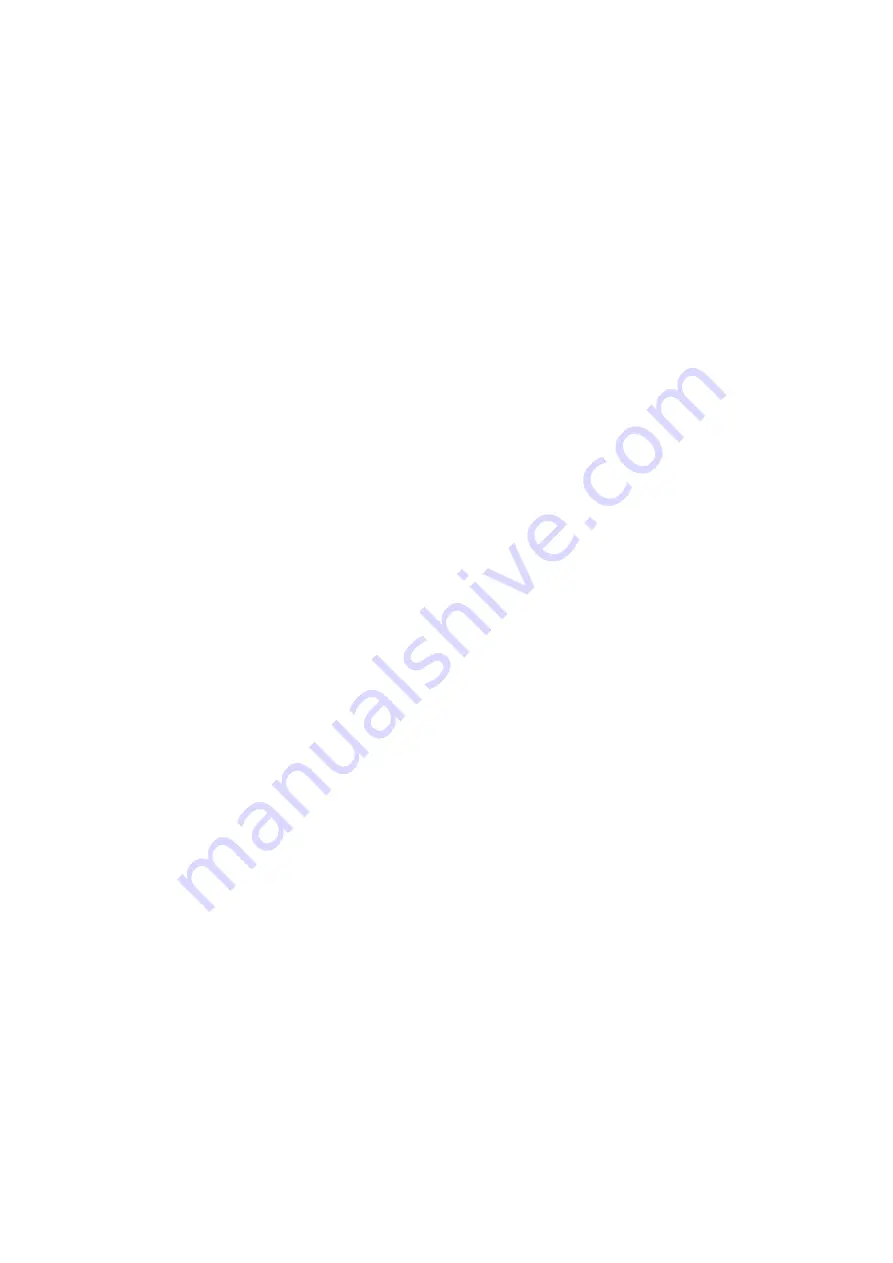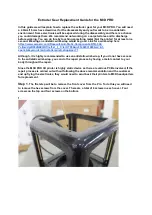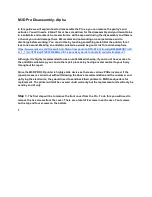
Quality
Initial
layer
thickness:
Layer
thickness
of
the
bottom
layer.
A
thicker
bottom
layer
makes
sticking
to
the
bed
easier.
Set
100
means
setting
the
bottom
thickness
the
same
as
other
layers.
Initial
layer
flow:
The
extrusion
capacity
when
printing
the
bottom
layer.
Cut
off
object
bottom:
Sinks
the
object
into
platform,
this
can
be
used
for
objects
that
do
not
have
a
flat
bottom
or
cutting
off
the
already
finished
model
height
in
order
to
stick
or
montage
with
other
parts
easily.
Continue
from
cut
off:
Continue
from
cut
off.
The
will
first
raise
the
nozzle
to
the
height,
then
continue
the
object
left
last
time.
Note:
when
select
this
function,
should
disable
brim,
raft
and
skirt
features
at
the
same
time.
Speed
and
Temperature
Travel
Speed:
Moving
speed
without
printing.
Usually
setting
at
80
is
the
best
choice,
also
can
reach
speeds
of
150mm/s
at
most.
But
it
may
cause
the
motor
stop
missing
problem.
Bottom
layer
speed:
The
bottom
speed.
Recommended
20,
set
as
0
means
the
same
as
other
layer.
Reducing
the
bottom
layer
speed
can
help
model
stick
more
closely
to
platform.
Outer
shell
speed:
Speed
at
which
outer
shell
is
printed.
If
set
to
0
then
the
speed
is
used.
Printing
the
outer
shell
at
a
lower
speed
improves
the
final
skin
quality.
However,
having
a
large
difference
between
the
inner
shell
speed
and
the
outer
shell
speed
will
affect
quality
in
a
negative
way.
Inner
shell
speed:
Speed
at
which
inner
shells
are
printed.
If
set
to
0
then
the
speed
is
used.
Printing
the
inner
shell
faster
than
the
outer
shell
will
reduce
printing
time.
It
is
good
to
set
this
somewhere
in
between
the
outer
shell
speed
and
the
infill
printing
speed.
Infill
speed:
Speed
at
which
infill
parts
are
printed.
If
set
to
0
then
the
speed
is
used
for
the
infill.
Printing
the
infill
faster
can
greatly
reduce
printing
time,
but
this
can
negatively
affect
printing.
Summary of Contents for DH
Page 1: ...US SER V MA V1 0 ANU 0 UAL ...
Page 19: ...10 Power Socket 11 Name plate 12 Spool holder 13 Material feeder 14 USB Socket ...
Page 20: ...LCD Menu Structure ...
Page 26: ...6 Rotate the model 7 Change the size of the model 8 Mirror image of the model ...
Page 55: ...4 Take the stuck part of the filament out with tweezers ...
















































